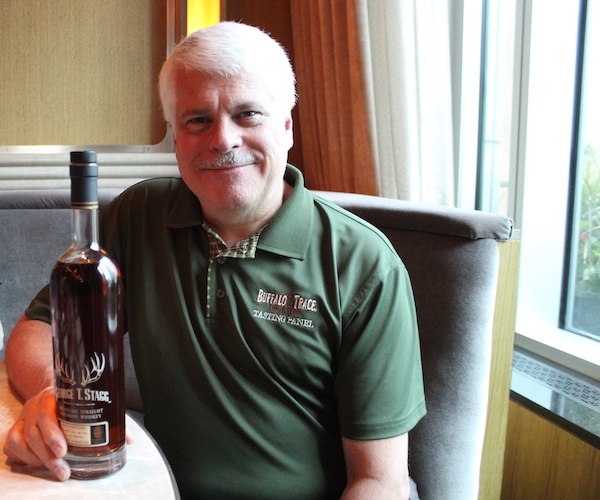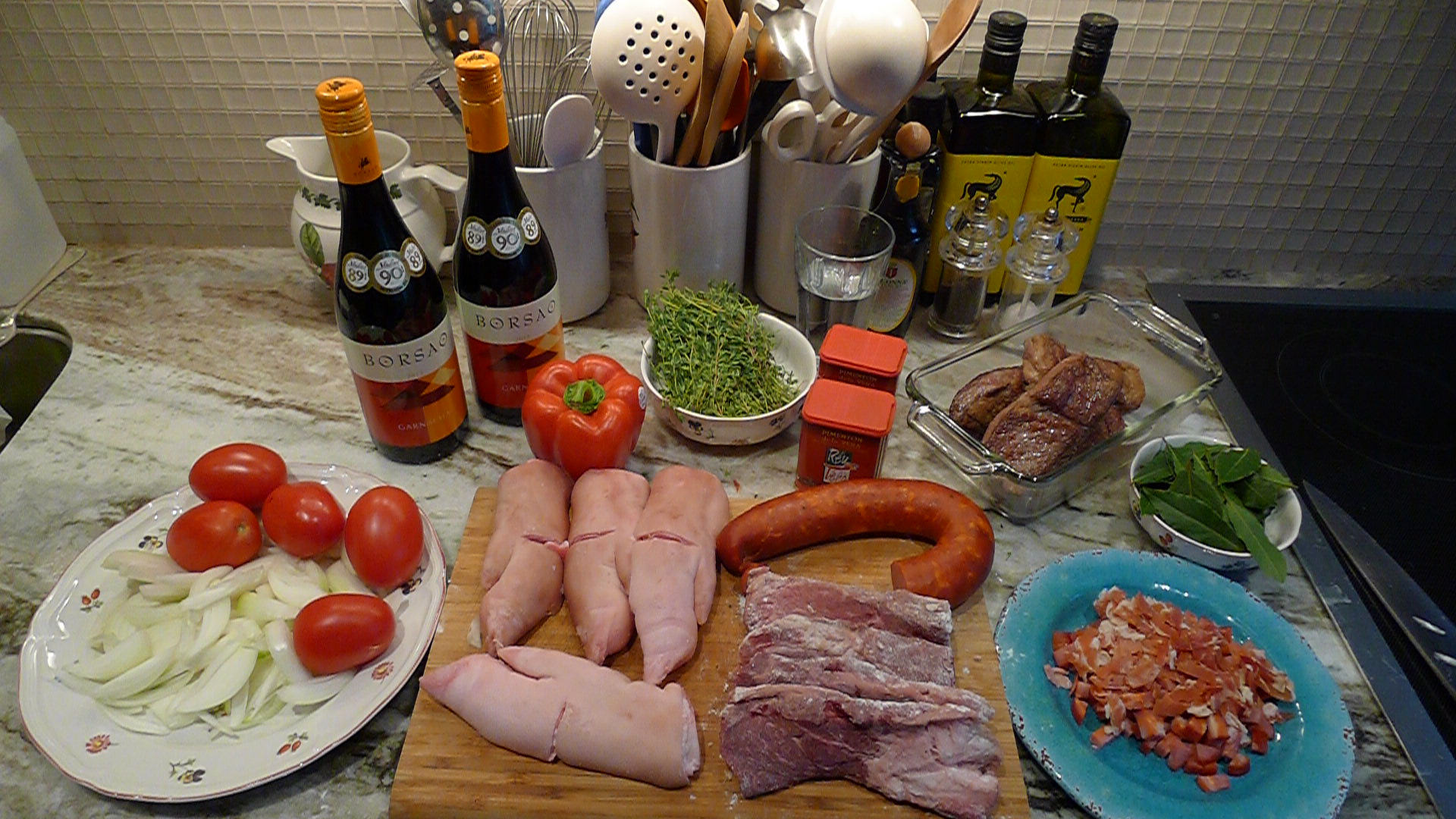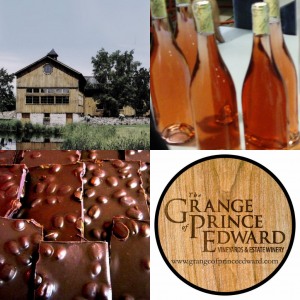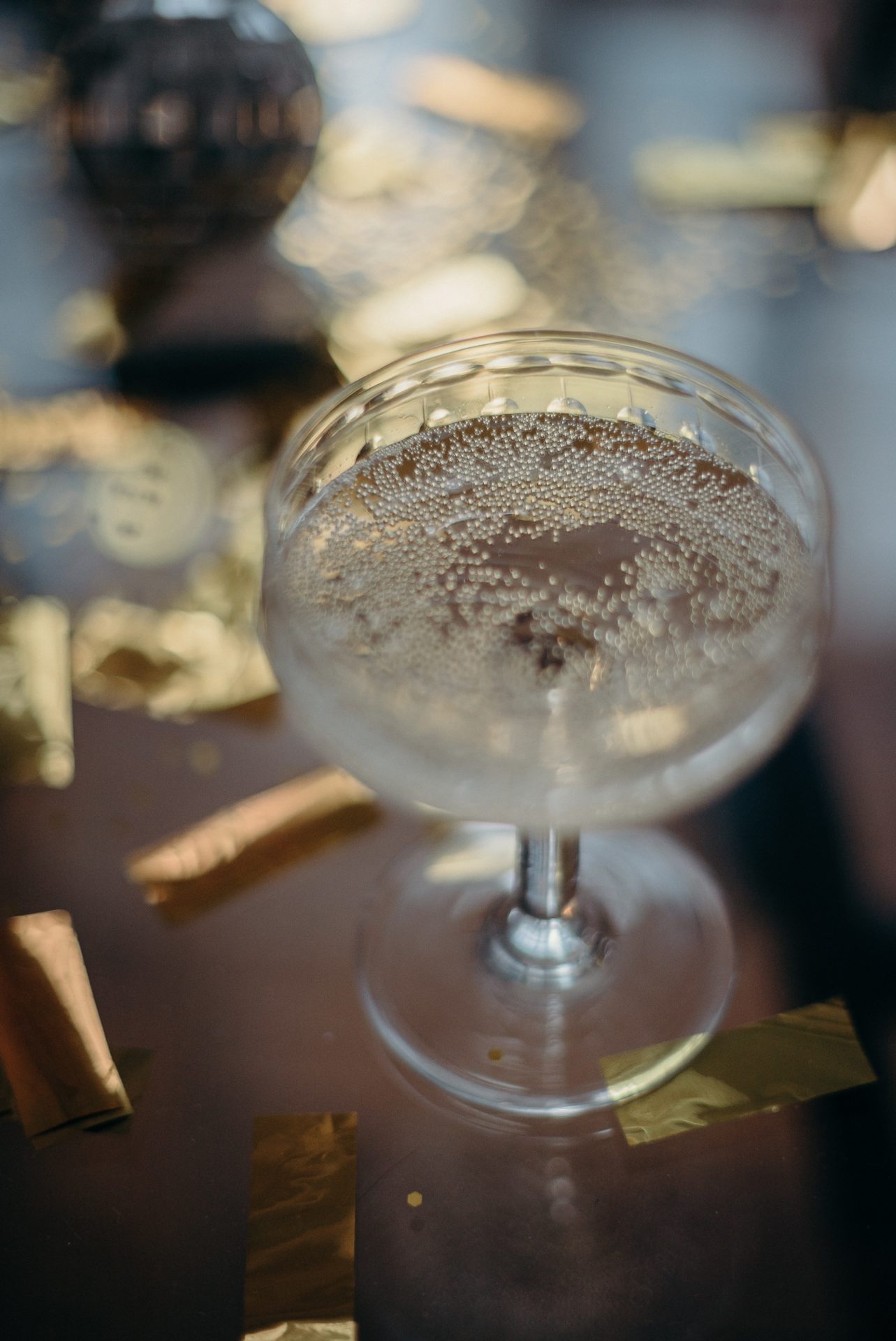Malcolm Jolley gets a lesson in Bourbon from a master blender…
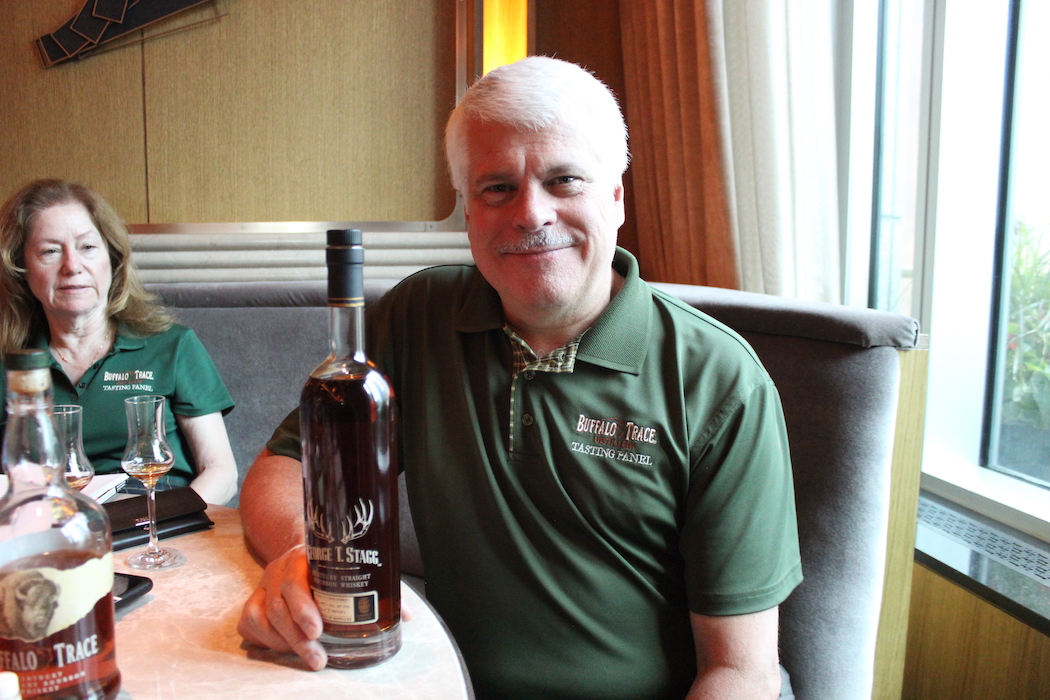
“Everything we do is historical, but we also embrace change,” said Drew Mayville, Master Blender at Buffalo Trace, when I met him earlier this summer in Toronto. Buffalo Trace is a new brand for an old distillery. There has been Bourbon made at its Kentucky site since the 1770s, but the Buffalo Trace label was established in 1999. In the past 20 years it has become one of the most successful premium whiskey brands, both in terms of sales and awards. Mayville, it turns out, is something of a celebrity in spirit circles and most of his time on this tour of Southern Ontario was spent making appearances at LCBO locations and signing bottles. Yes really, signing bottles is a thing. “One lady yesterday,” he told me chuckling, “waited in line to have her bottle signed and it wasn’t even Buffalo Trace.” He signed it anyway.
It turns out this recent trip was also a bit of a homecoming for Mayville, who grew up in Kitchener. Southwestern Ontario is Seagram’s country, and that where he honed his craft before being headhunted down to Kentucky. I made the mistake of asking Mayville about his work. He corrected me, explaining, “I don’t work, I haven’t worked for 20 years.” So, then, what does he do for fun at the distillery? Maintaining the consistency of the Buffalo Trace whiskey brands is obviously a big part of a Master Blender’s job. Mayville told me that even whiskey made from the same batch can vary from barrel to barrel, depending on where it’s been kept. But what seems to really engage him is the development of new whiskeys: “We’re always trying to make something that’s better.”
Mayville carries around a little barrel with samples of the key ingredients to the whiskey he makes. Corn, he explained, is for sweetness (along with the white American oak given a 55 second toast), rye for spiciness, barley for the enzymes in its malt that impart fruity notes and wheat to smooth things out. And, to back up what he said, Drew Mayville poured three glasses of whiskey.
First we tasted the Buffalo Trace, which is widely available through the LCBO (see here). Spicy on the attack, and fruity on the mid-palate, held together with a little dryness from oak. Then, we tried the Sazerac Rye Whiskey, which comes into the LCBO periodically, and is priced at $55. It contrasted the Buffalo Trace Straight Bourbon in that it was indeed spicier and more lively, generally. They say it’s ideal for a Sarerac cocktail, but I am too much of a wino to know. Finally we tried the small batch made George T. Stagg, named after the founder of the distillery, Mayville told me it follows the recipe of the flagship Buffalo Trace Bourbon but is straight from the barrel and unfiltered and aged for at least 15 years. Wow. The Stagg is intense, sweet, fruity and dry. A whiskey for contemplation. And fine work by Mr. Mayville, whether he acknowledges it or not.

